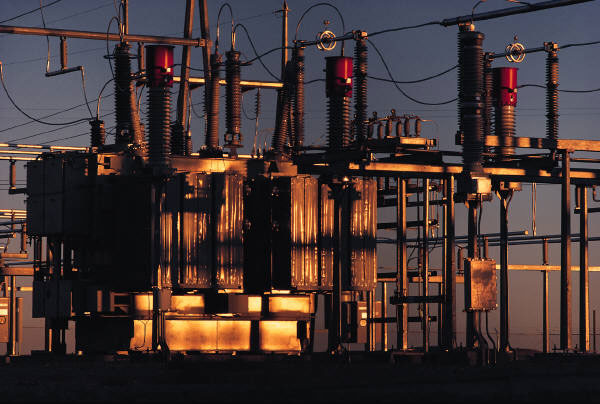Distributed Residential Demand Response
ANU / NICTA
Paul Scott
Sylvie Thiebaux
Demand Response
Demand Response
- Reduce network peaks
- Balance renewable supply
- Provide network support



Multiagent Problem
Home Automation
Home Automation
Home Automation
Retail Prices
Our Focus
A demand response mechanism that incentivises participation and coordinates activity whilst satisfying network constraints.
Contribution
We demonstrate that a particular distributed demand response algorithm can produce near-optimal results even with the non-convex power flows. Discrete loads typically found within households can also be managed by the algorithm. This brings the approach closer to where it can be deployed in a real system.
Optimisation Problem
Minimise total cost of serving power, whilst preserving network and participant constraints.
Model
- \(C:\) set of components (houses, gens, lines, buses)
- \(T:\) set of terminals
- \(L:\) set of connections between terminals
Model
- \(y_i = [p,q,v,\theta]^\mathsf{T}:\) variables for terminal \(i\)
- \(x_c:\) variables for component \(c\) (inc. terminal vars)
Optimisation Problem
\begin{align} &\min_x\sum_{c \in C} f_c(x_c)\quad\color{red}{\text{costs}}\\ &\text{ s.t. } \forall c \in C: g_c(x_c) \leq 0\quad\color{red}{\text{constraints}}\\ &\phantom{\text{ s.t. }} \forall (i, j) \in L: h(y_i, y_j) = 0\quad\color{red}{\text{connections}} \end{align}
where \(h(y, y') := y + Ay'\)
ADMM
Iterative algorithm that allows the problem to be decomposed across linear constraints. Proven to converge when the problem is convex, and linear constraints take on particular form.
Split Into Two
Split Into Two
Split Into Two
Augmented Lagrangian
\begin{align} \mathcal{L}_A(y, y', \lambda, \rho) &:= \sum_{c \in C} f_c(x_c)\\ &+ \sum_{(i, j) \in L} \left[\frac{\rho}{2} \|h(y_i, y'_j)\|_2^2 + \lambda_{i,j}^\mathsf{T} h(y_i, y'_j) \right] \end{align}
ADMM
House/Generator Payments
\(\lambda_pp + \lambda_qq\)
Visualisation of Algorithm
Visualisation of Algorithm
Visualisation of Algorithm
Visualisation of Algorithm
Visualisation of Algorithm
Visualisation of Algorithm
Visualisation of Algorithm
Receding Horizon Control (MPC)
Receding Horizon Control (MPC)
Receding Horizon Control (MPC)
Power Flow Models
| Equations | Variables | Accuracy | |
|---|---|---|---|
| AC | Non-convex | \(p,q,v,\theta\) | Exact |
| QC | SOCP | \(p,q,v,\theta\) | Relaxation |
| DF | SOCP | \(p,q,v\) | Relaxation |
| DC | Linear | \(p,\theta\) | Approximation |
| K | Quadratic | \(p,\theta\) | Approximation |
Convergence (Cold)
Timing (Cold)
- AC: 148s
- QC: 546s
- DF: 110s
- DC: 244s
- K: 15s
Warmstarting
For \(\sigma =\) 20%, relative number of iterations:
- Uncorrelated 11.4% (0.3%)
- Correlated 29% (18%)
Quality
-
QC:
-0.03%1% LB -
DF:
0.04%1% LB - DC: -3.5%
- K: 4.7%
Discrete Shiftable Load


- RP: Relax and Price
- RD: Relax and Decide
- UR: Unrelaxed
Discrete Shiftable Loads
-
RP-0:
0.25%1% -
RP-3:
0.24%1% -
RD:
0.23%1% -
UR:
0.01%1%
Conclusion
Get within 1% of the global optimal. Works with AC power flows. Works with household discrete loads. Only a couple of minutes to converge.